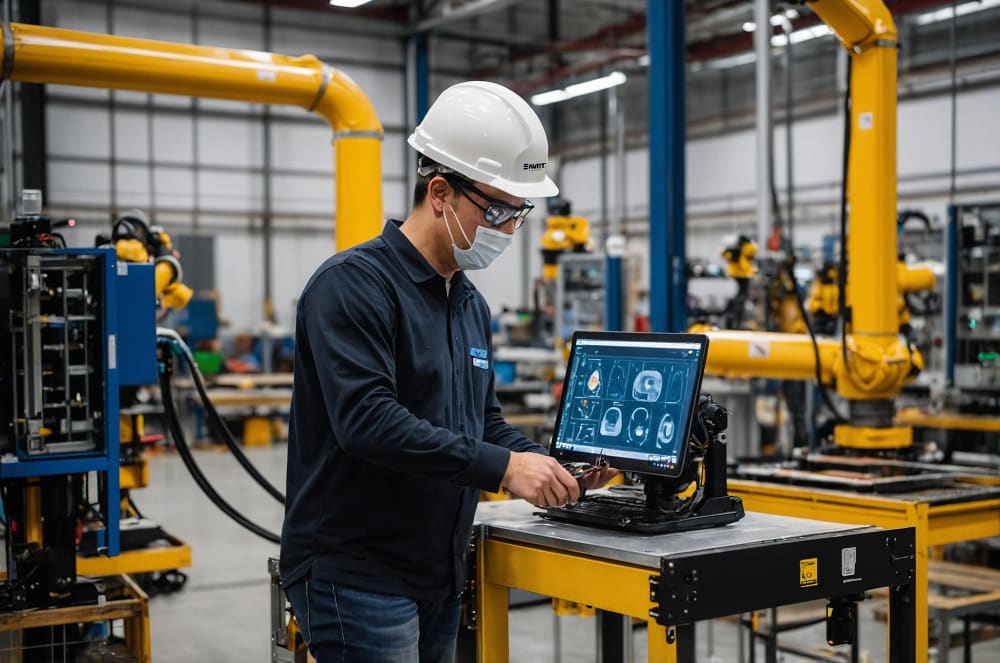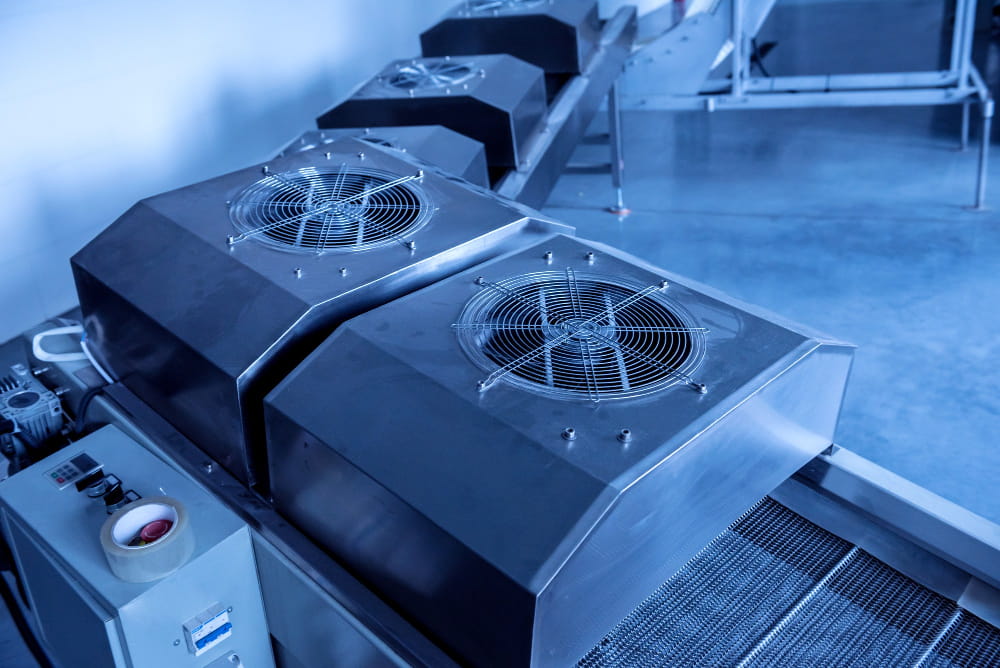The mechanical manufacturing industry has undergone an unprecedented transformation in recent decades, and much of that change is due to the incorporation of robotics. What was once purely manual labor, with slow processes and room for human error, has now become highly precise, fast, and efficient machinery thanks to technological advances. At FIPOSA, we’ll tell you how industrial robots are revolutionizing the manufacturing of metal parts , their advantages , and the challenges posed by this new industrial era.
Automation
Automation in manufacturing isn’t new, but the level of sophistication that robots have achieved today does make a radical difference . In machine shop floors, robotic arms perform tasks such as cutting, welding, CNC machining, bending, and assembly with pinpoint precision. These systems can operate for hours without interruption , enabling continuous production and significantly reducing lead times.
Furthermore, robot programming has evolved. Today, many machines can be adapted to new tasks using intuitive software , without the need for lengthy interruptions or costly reconfiguration processes. This flexibility is key to responding quickly to market demands.
Quality and error reduction
One of the greatest benefits of robots is consistency in the quality of the final product. The variations that can occur with manual work—due to fatigue, distraction, or differences between operators—are eliminated with automation. This translates into more uniform metal parts with exact tolerances and impeccable finishes.
Furthermore, automated systems allow for real-time monitoring of processes , facilitating early detection of potential errors and minimizing material waste. In an environment as competitive as that of metal fabrication, these improvements are essential for maintaining healthy profit margins and building customer loyalty.
 Workplace safety
Workplace safety
The incorporation of robots has also improved working conditions in many workshops. Tasks that were previously risky—such as handling heavy parts, working in high temperatures, or using dangerous machinery —can now be performed by robots , significantly reducing the rate of workplace accidents.
This doesn’t mean that workers lose their place. On the contrary, many professionals have been retrained as specialized technicians who program, supervise, and maintain these systems. Ongoing training is key in this transition, and many companies are investing in training their teams for this new reality.
Challenges of robotics
Despite all the advantages, the integration of robotics into mechanical manufacturing also presents challenges . The initial investment cost in robots and specialized software can be high , especially for small and medium-sized businesses. Furthermore, it requires careful planning to adapt production processes and avoid disruptions.
Another important aspect is cybersecurity . As machines connect to networks and cloud systems, it’s critical to protect data and prevent potential attacks that could compromise production or intellectual property.
The future in collaboration
The future of metal fabrication isn’t exclusively robotic, but collaborative . So-called “cobots ,” or collaborative robots, are designed to work alongside humans , not replace them. These devices combine the precision and strength of a machine with the adaptability and judgment of operators , enabling highly productive synergy.
Thanks to advanced sensors and artificial intelligence systems, cobots can adapt to dynamic environments, learn new tasks, and even detect human presence to ensure a safe environment. This evolution opens up new possibilities for customizing production without sacrificing efficiency.
Robotics is here to stay , and its impact on the mechanical manufacturing of metal parts is undeniable. From improved product quality to optimized production times and reduced occupational hazards , the benefits are clear. However, it also requires adaptation, investment, and a long-term vision.
At our company, we understand that innovation is not an option, but a necessity. Therefore, we are committed to integrating technology with human experience, always seeking to offer quality, efficient solutions tailored to the needs of today’s market. The robotics revolution doesn’t replace talent; it enhances it.







